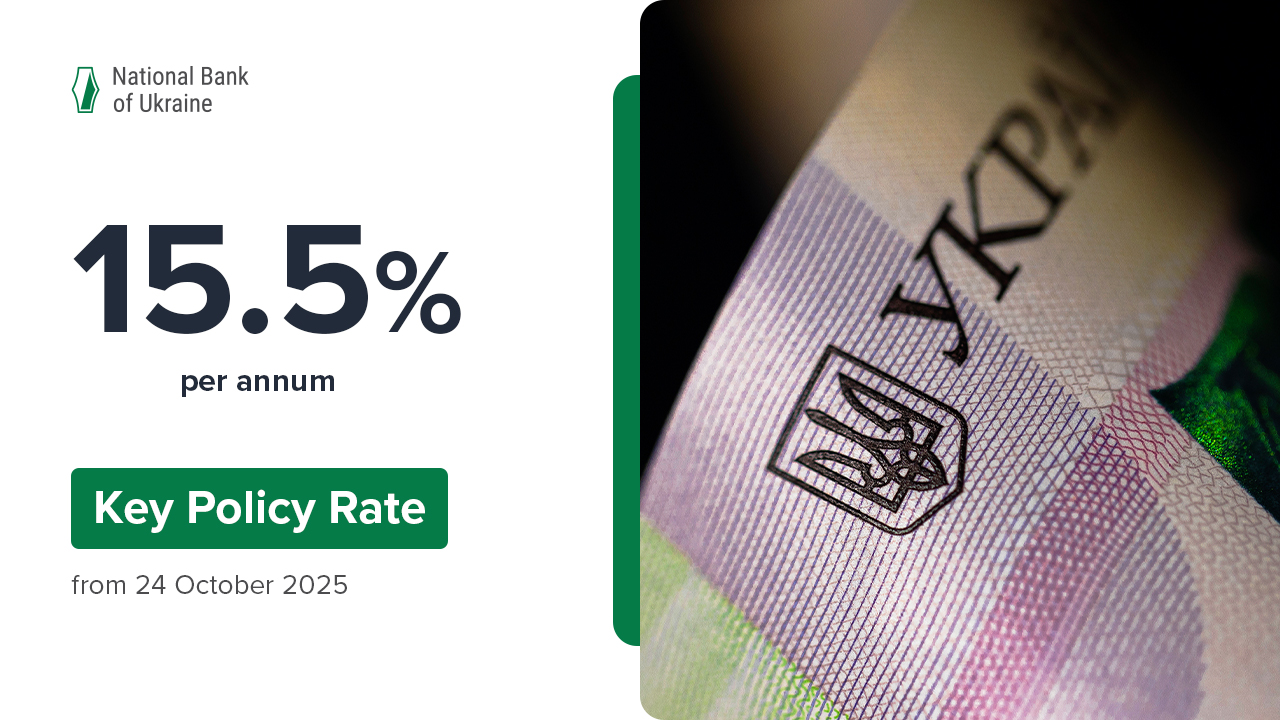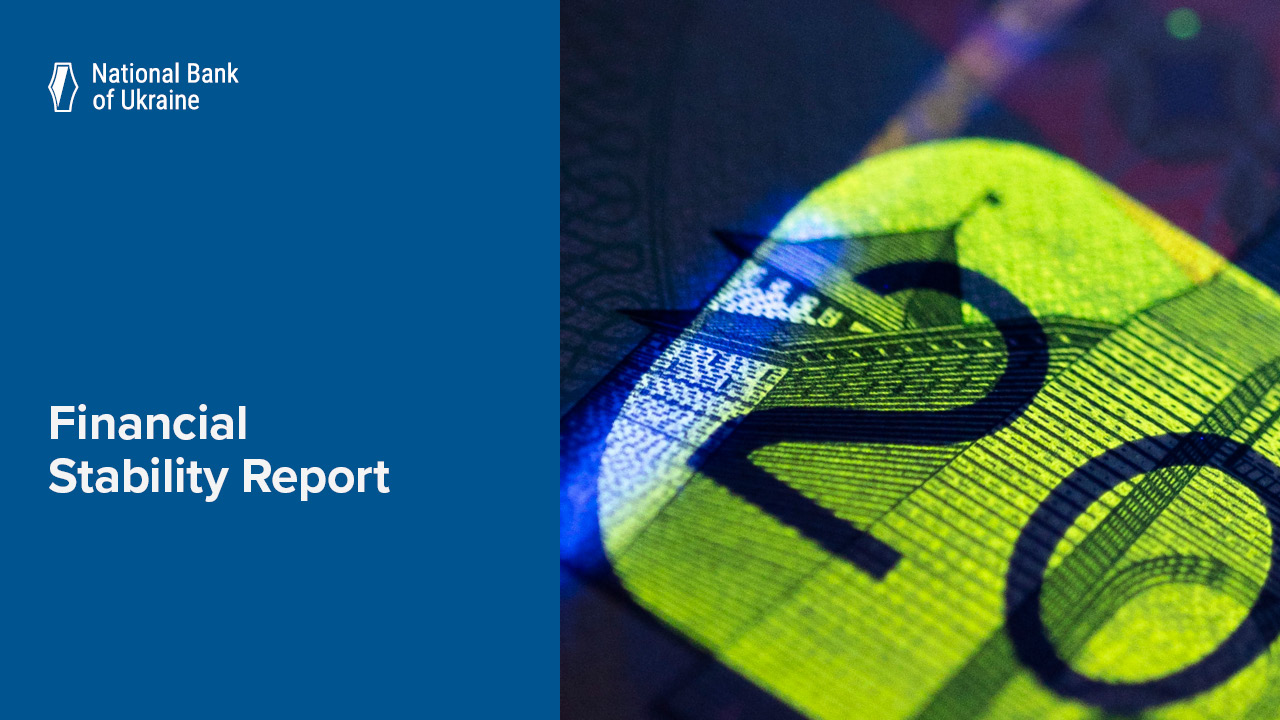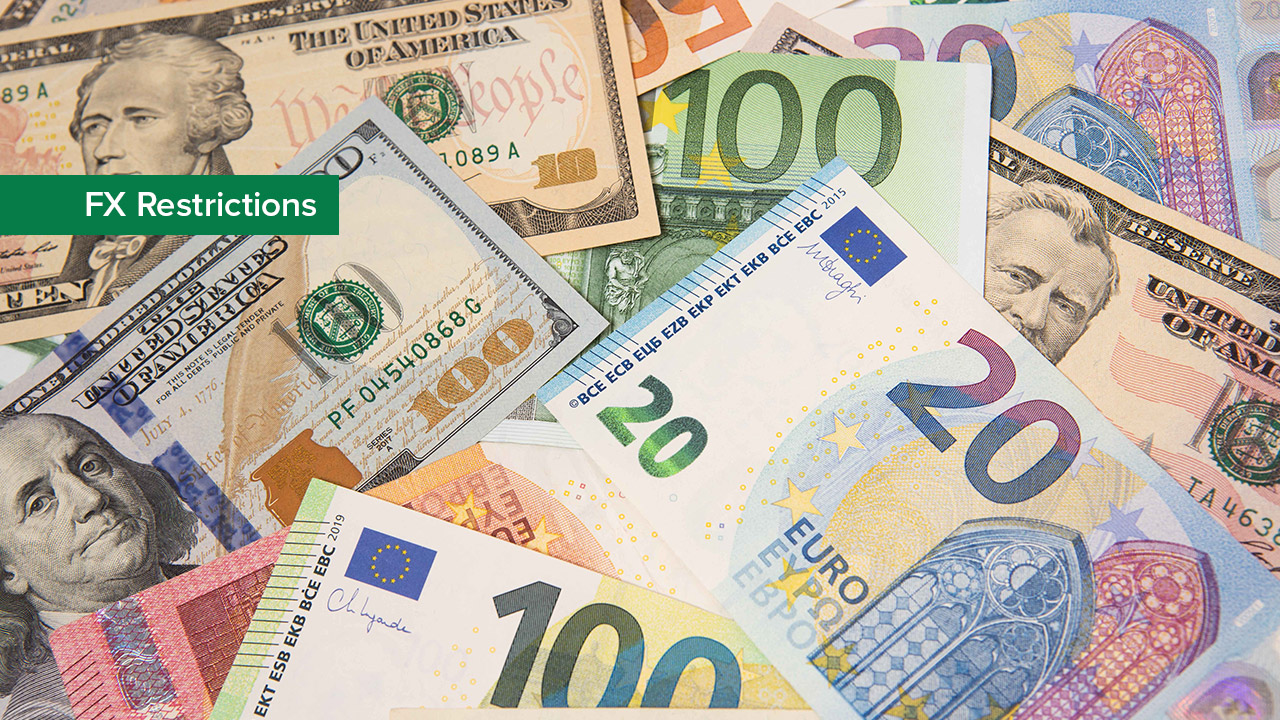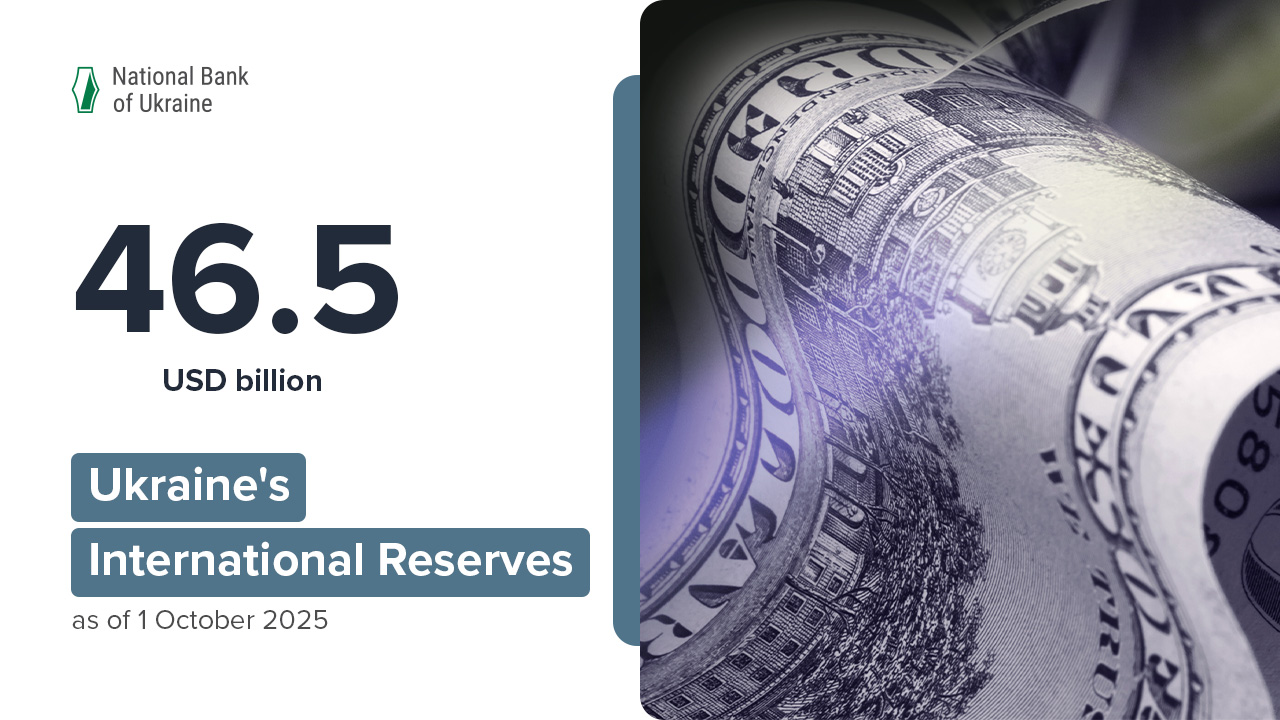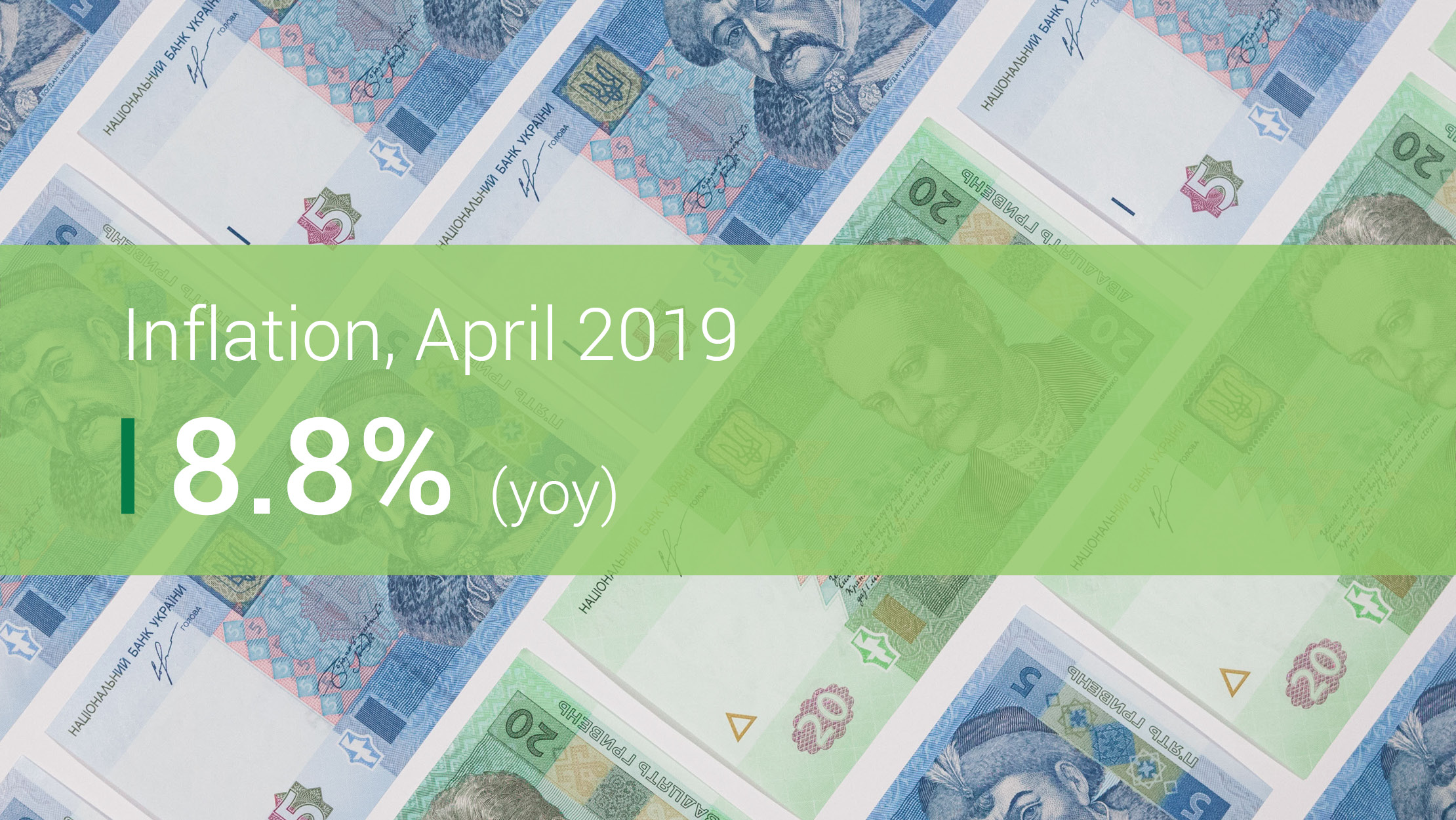In April 2019, consumer price inflation amounted to 8.8% in annual terms (up from 8.6% in March). In monthly terms, prices rose 1.0%. This is according to data published by the State Statistics Service of Ukraine (SSSU).
Actual inflation came in slightly above the projection the NBU published in its April 2019 Inflation Report. This was due to the effect of temporary factors, including disruptions to the supply of oil products from Belarus, announced restrictions by Russia on exports of energy products to Ukraine, and the speculative demand for certain raw food products due to their limited supply. By contrast, core inflation declined more tangibly than projected, including due to the NBU’s tight monetary policy.
- Core inflation slowed to 7.4% in April from 7.6% in March in annual terms.
The pace of growth in the prices of processed foods decelerated (to 8.4% yoy). As meat supply expanded and global meat prices fell, the growth in prices for meat products continued to slow in April. Prices for sunflower oil have almost reached last year’s levels thanks to the bumper harvest of sunflower seeds and lower global oilseed prices. The easing pressure from production costs and expectations of a good wheat harvest this year slowed the increase in the cost of bread. At the same time, the growth in prices for dairy products accelerated somewhat, due to rising global prices and a reduction in the number of cows.
The rise in prices for services also decelerated (to 14.0% yoy). In April, the pace of growth in the prices of financial, legal, and funeral services declined, as did the growth in prices for mobile phone services and health resorts. At the same time, prices for most other services rose at a steady pace.
The prices of nonfood products grew at the same rate as in March (2.7% yoy). In particular, the rate of increase in clothing and footwear prices remained low. In addition, prices for household appliances and pharmaceutical products grew more slowly, while prices for audio-visual devices and information processing equipment declined from last year.
- The growth in raw food prices accelerated (to 5.1% yoy). In particular, the growth in prices for borshch vegetables accelerated again after slowing in March, primarily driven by the prices of onions and white cabbage. This was due to speculative demand driven by the scarce supply of these products in the countries that import them and in Ukraine, as a result of both last year’s poor harvest and relatively unfavorable weather conditions in April this year. On top of that, dairy prices increased more rapidly. Raw food price inflation was curbed somewhat by cheaper fruits. Egg prices also continued to decline due to a solid increase in poultry production.
- The growth in administered prices decelerated as expected (to 18.2% yoy). The slight acceleration in prices for alcoholic beverages and passenger rail fares was offset by a slowdown in the growth in tobacco product prices, public transport fares, and charges for cold water supplies and sewage collection.
- Fuel prices remained below last year’s levels (down 0.2% yoy). At the same time, their decline slowed significantly, due to the rise in global oil prices and the emergence of the previously mentioned difficulties with energy imports from Belarus and Russia.
The current developments in consumer price inflation and its components reflect a temporary strengthening of the effects of supply factors, which drove the somewhat faster growth in prices for raw foods and fuels. The effect of these factors will wane in the coming months, the NBU estimates. Thus, inflation will continue to decrease in line with the NBU’s projection and will approach the 5% ± 1 pp target, which it will meet in 2020.


